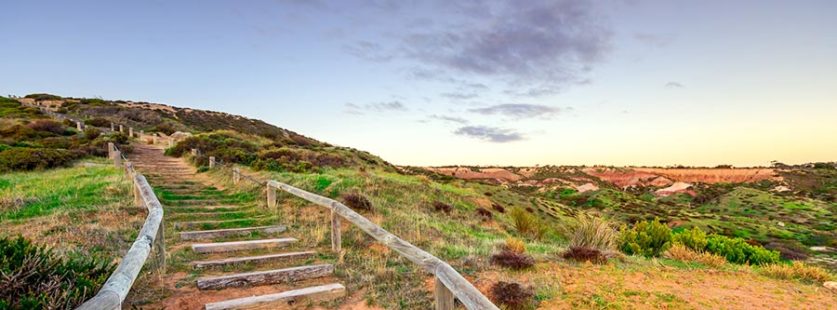
The figure has been announced by the South Australian (SA) Premier Jay Weatherill which is a dramatic increase from the previously state set target of 50%.
Mr Weatherill has also spoken of setting the state’s renewable energy storage target at 25%.
Both targets will be in direct opposition to will of the central government, who spoke of scrapping nationwide renewable targets all together.
“It’s a rejection of the federal government’s approach – and the state Liberal party’s approach,” Weatherill told Guardian Australia. “We’re not interested in putting our leadership in renewable energy in the hands of people that don’t believe in a renewable energy future.”
The announcement was made just after the Australian Renewable Energy Agency said they will be launching a study into the feasibility of hydro energy storage in South Australia. The study is expected to cost around $1m and will cover the Cultana seawater project and the proposal to turn a former iron mine into a reservoir to be used for the generation of hydroelectricity.
According to the SA Premier the new targets will help to decrease prices in the region which currently boasts the highest energy costs in all of Australia. The plan has been met with some derision however, especially from energy minister Josh Frydenberg who wrote off the new targets as “complete madness” and actively blamed both the previously set targets and the current SA Premier for the high cost of power in the region.
“It’s time the South Australia government got behind a national solution to a national problem, and that is the NEG, being the advice from the experts, as to how we can deliver a more affordable and reliable system as we transition to a lower emissions future.
“The danger (of increasing the target) is the lesson of recent experiences. Since implementing the 50 per cent target in 2014, households have paid an extra $500 on their power bill.
“What has driven prices up in South Australia has been the volatility. Mr Weatherill has mismanaged the transition and prices are higher as a result.”
This isn’t the first time the Weatherill and Frydenberg have clashed heads, with Weatherhill accusing him of engaging in the “most anti-South Australian government in recent memory,” last year. The comments came after a massive power cut in South Australia in September 2016 which left swathes of region without access to power for days.
The rapid increase of energy prices in SA was triggered when a coal fuelled power station in Port Augusta was forced to close. This led to a sharp increase in interest in renewable solutions in the region but also dramatically increased the cost of power. SA currently derives 48.9% of its energy from renewable sources which is just shy of the current target of 50%. If reinstated at the next election on the 17th of March, the South Australian Labor party has promised $20 million over the next four years to help support renewable energy production and storage. “We’re sending yet another signal to renewable energy leaders that their investment is welcomed in our state,” Mr Weatherill said.




